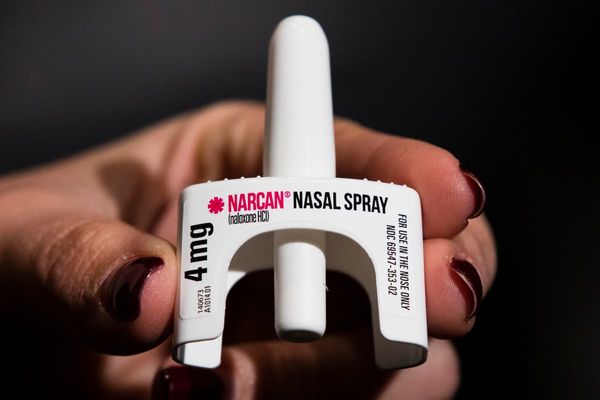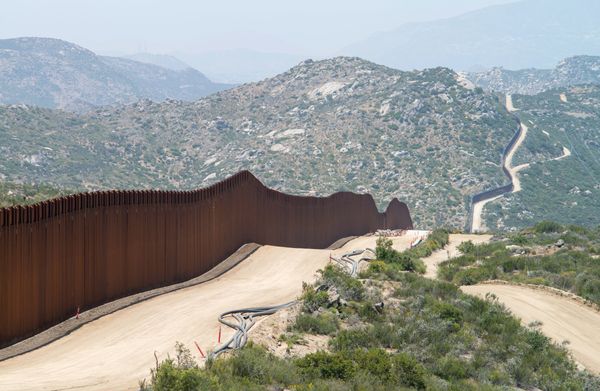
The New South Wales health department raised concerns Sydney’s drinking water could be harmed if the government goes ahead with its controversial Warragamba Dam wall-raising project, saying any impacts on quality would be “critical” for the delivery of “safe” water.
The previously unreported submission raised “concerns for drinking water quality” across Sydney during the construction of the raised dam wall, saying it would “limit the ability to avoid poor quality water in the dam”.
It is the second agency to raise the alarm about the impact on drinking water, after an internal Sydney Water document stated “poorer quality water” stored in the dam for extended periods would risk it not being able to “operate at capacity and increasing chances of failure to supply water and the need to boil water”.
While a series of government departments, international authorities, environmental groups and Indigenous traditional owners have raised a litany of concerns with the project, the state health department’s fears were only revealed in a report released by WaterNSW this week.
The report, which responded to thousands of submissions opposing the plan, reveals that health officials mirrored the concerns of Sydney Water, saying they had “concerns for drinking water quality during construction and operation of the flood mitigation works proposed”.
“Warragamba Dam was built for drinking water and holds approximately 80% of the drinking water supply available to Sydney,” the submission stated. “Any impact on the water quality in the dam either during construction or operation could be critical to the safe delivery of drinking water in Sydney.”
It said a “key control” at the dam was the ability to draw water from multiple depth points, “selecting the best quality to be supplied for treatment”.
“Should the dam need to be operated at a lower level during construction this would limit the ability to avoid poor quality water in the dam by changing off-take depth,” it said.
“Construction activities may also reduce water quality in the dam,” it added, noting WaterNSW’s environmental impact statement conceded there was a “high” risk to water quality if demolition and construction works were not managed correctly.
The submission also raised concerns that extra water held behind the raised dam wall was “likely to affect water quality” in the dam during periods of flooding because of “increasing turbidity, colour and organic material” from new parts of the catchment.
“Inflows will enter the dam at different levels depending on hydrological conditions and may impact the ability to select water of a quality that is treatable,” it said.
“Assessment of the ability for Sydney’s water filtration plants to treat water of a lower quality should be made as this could impact the ability to produce sufficient safe drinking water.”
The 900-page response to submissions has been criticised by opponents of the dam for dismissing much of the opposition to the proposal. The report defended the plan because, it said, it would mean 5,180 homes in the Hawkesbury-Nepean Valley would be spared from a worst-case scenario flood event, a 68% reduction.
In its response to NSW Health’s concerns, WaterNSW said a “comprehensive range of management measures” would be used “to effectively manage risks to water supply during construction”, and the potential influences on drinking water quality in periods of high-water flow “already exist and are effectively managed through a range of water quality management measures”.
The “risk to water quality from construction activities is recognised and addressed” through a series of measures, it said.
Prof Stuart Khan, a civil and environmental engineer from the University of NSW, said the risk of damaging water quality as a result of raising the dam wall was particularly concerning in the context of current flood events polluting the water supply.
“WaterNSW is saying it’s already happening, but given it’s something we’re already dealing with we should not dismiss the possibility of making it worse,” he said.
“We rely very heavily on good quality water in Warragamba – it’s 80% of Sydney’s drinking water – if that wasn’t the case we could compromise on water quality but we just don’t have the diversity of supply to do that.”
Last month the Coalition government declared the project to be critical state significant infrastructure, limiting legal challenges and the power of regulators.
Despite the project still needing signoff from state and federal governments, the premier, Dominic Perrottet, threw his support behind it, saying he was putting “people before plants”.







